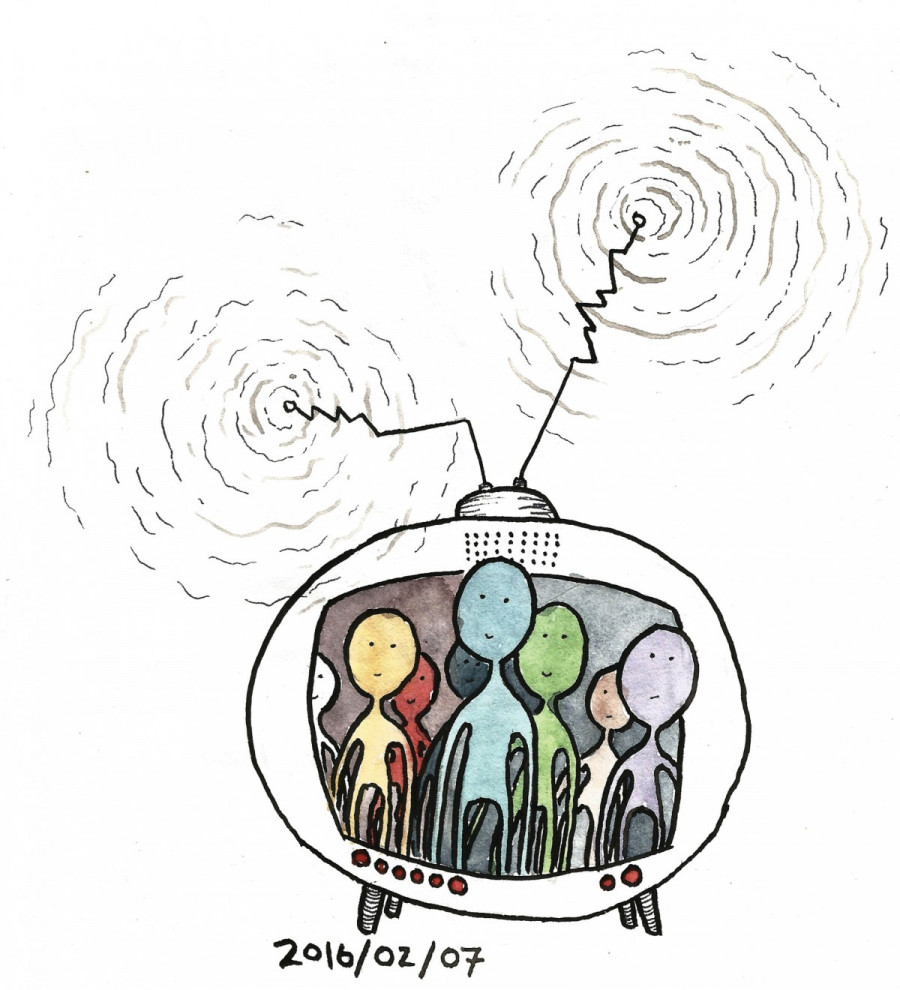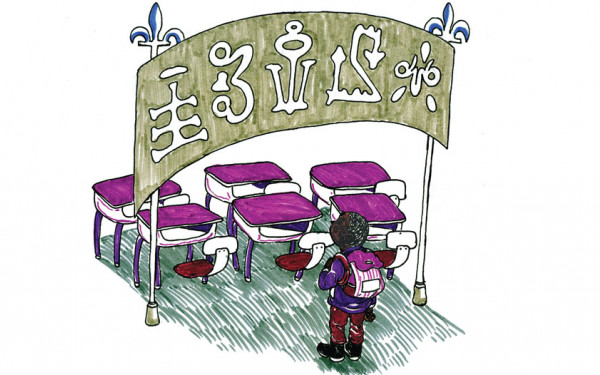Where Am I?
When I was younger, I remember that for some unknown reason, my favorite Quebecois TV shows somewhat bothered me.
I could not quite put my finger on it. They absorbed me alright, they made me laugh and yet, something annoyed me. Later on, I came to understand what troubled me so much: I could not see myself anywhere in them.
Most of my favourite series presented a predominantly white cast. Sure, there was an odd episode with a supporting actor from a minority. However, usually they merely served the purpose of creating a different narrative arc for the episode in question, with the aim of putting the main protagonists in new situations. Therefore, these supporting actors’ characters, if they were present (although from what I remember, never more than one or two per episode or show), were never fully developed and ended up feeling like empty nutshells.
All of this made me uneasy because, being a mixed-race Quebecois—my mother is from Gaspésie and my father is from Kinshasa—born and raised in Montreal, I could see that people of colour in Quebec are more numerous than what my TV tried to make me believe. I was going to school with people from Vietnam, Pakistan, Algeria, Haiti, Colombia and more. Nevertheless, the directors of my programs must have been colour blind because they kept offering me a white-washed cast.
The thing is, television in Quebecois society accounts for an enormous part of the cultural field. According to the 2013 report “L’État du cinéma et de la télévision au Québec” by Statistics Quebec, approximately 2.3 million Quebecois households are connected to television, which amounts to a bit more than 25 per cent of the population, since there are approximately 8.2 million people in the province. Moreover, Statistics Canada’s 2011 Census report highlights that 11 per cent of the province’s population is from a minority—a number that reaches 20 per cent in Montreal. This is where one might have cause for concern.
Since Quebec’s main cultural institution persists in showcasing series that are mainly supported by white actors, a discriminative ideology insidiously installs itself. It’s discriminative because there is an unfair contrast between the representation of minorities and that of the majority. Institutionalized discrimination is hard to subvert and uproot. A white TV cast transmits an unconscious belief that this is truly how Quebecois society is.
For many people in Quebec, it could be argued that television is synonymous with the bringing of information and entertainment.
How are we to bring about a consciousness of and an openness to diversity if the source of general knowledge is so racially one-dimensional? I have witnessed acquaintances and close friends fail to connect with
Quebecois ethos as a result of being culturally unrepresented in their terre d’accueil. They end up either invested in their native cultures (or their parents’), or in American or English-Canadian cultures which, although they have their own issues concerning the matter, are way ahead of Quebec in what concerns racial representation on TV.
Even in my case, as I grew older, I put aside Les Intrépides, Radio Enfer and Ramdam, and started watching French-dubbed versions of Degrassi: The Next Generation and That’s So Raven.
Still, all is not doom and gloom—people are beginning to speak out against the institution. Last year in an interview with Hugo Pilon-Larose for La Presse, actress Sophie Prégent denounced the lack of racial representation on television. Prégent is the president of L’Union des Artistes and a white Quebecois, which denotes how the struggle for equal representation is not solely a project for minorities to work through.
Thus, the committee she helped to create, which is working to resolve the issue, has noted the absence of actors from diverse backgrounds and has identified how schools where playwrights are formed, such as the
National Theater School of Canada, are virtually empty of people of colour. With endeavours such as “les Auditions de la Diversité,” they hope to reverse the situation within, more or less, a generation.
To sum up, according to the committee, and quite rightly in my opinion, we need a culture that represents that part of the population that constitutes the various identities of the Quebecois, because Quebec is no longer pure laine—nor has it ever been. With initiatives such as Prégent’s, I and many more cannot but help hope that we’ll soon be able to catch a glimpse of ourselves, the others, in the social mirror that is le petit écran in Quebec.


_600_832_s.png)




